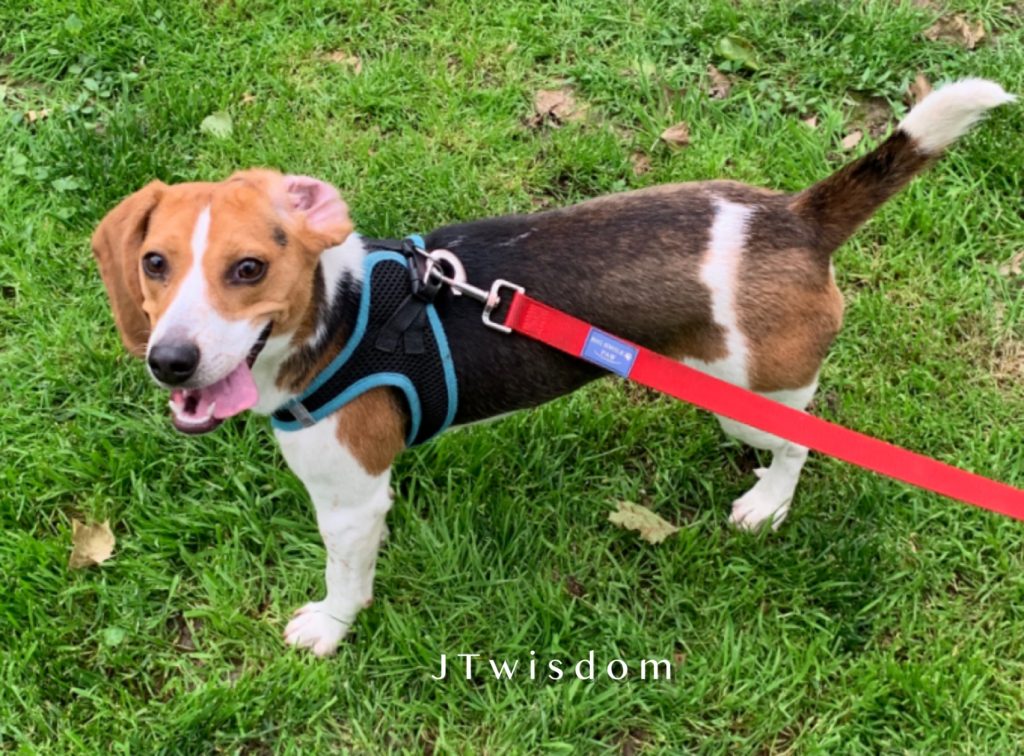Seeing your pup get injured? It’s no fun for a dog mom or dad! In fact, it can be really distressing and upsetting. However, once the immediate danger has passed, and emergency treatment has been provided usually by a vet, there are some things we can do to help our canine friend recover. Read on to find out what they are.

Keep vet appointments
First of all, it’s crucial that you keep all the vet appointments that your dog needs, not just the one that deals with the injury in the first instance. This is because it’s essential that their recovery is monitored by a trained professional who will be able to spot any problem or signs of infection that could make your pup’s health worse.
Of course, the major issue that most people have with this is not that they don’t want to provide the best for their dog, but the high costs that are involved with multiple visits to the vets. Although, by getting dog insurance beforehand you can limit this, and ensure your pup get both the best treatment and aftercare possible.
Practice aftercare at home
Of course, aftercare isn’t just something that happens at the vets. In fact, it is an activity that owners will need to keep up at home as well.
What that often means is keeping any cuts clean, and even treated them with dog wound products. Something that can help them to heal as quickly as possible.
Although, if the injury that your dog is suffering from is broken limb, then the priority will be to keep it dry! After all, a wet cast will need to be redone if they are to heal properly.
Get them rehabilitated
Once the injury has started to heal, it’s vital that you follow medical advice and get your dog rehabilitated. What this means is that you encourage them to move more again. Of course, this can be a tough thing to do, especially if they are still in pain from the injury they received.
Luckily, there are techniques such as osteopathy for pets, and even hydrotherapy that can encourage them to make a full recovery, while also minimizing the strain and pain they feel.
Although, no matter what route you pick it’s crucial that you show both patience and compassion for your pet during this challenging time.
Prevent re-injury
Finally, when it comes to getting your pup to recovering from an injury, it’s imperative that you protect them, so they don’t end up experiencing the same thing again.
What you do to facilitate this will differ in each situation, but some possible examples include adding a doggy gate to stairs that it would be dangerous for them to climb, making repairs in your garden if there are any unstable ledges or walls, and even discouraging play fighting with your other pets.
After all, you don’t want to go through all of the challenges of helping your pet to recover, for them to just end up in the same place all over again!





Thanks for the great tips. We haven’t had an emergency in a while, knock on wood. Thanks for posting!
You are welcome. It is always good to be prepared when taking care of our furry family members.